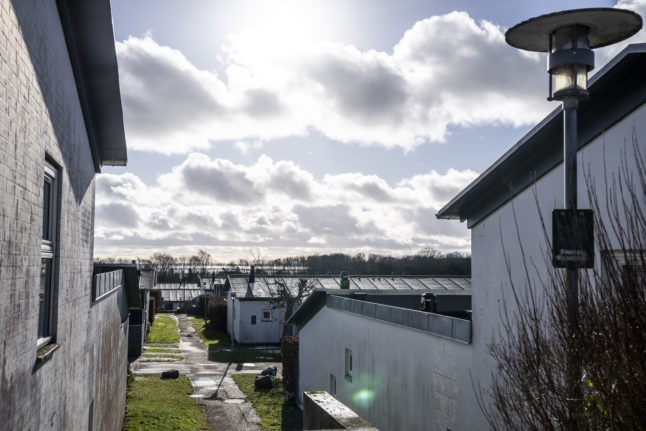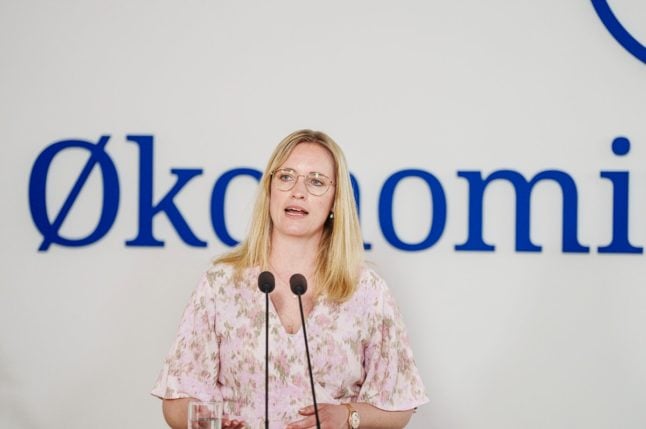House prices for both detached (villaer) and semi-detached or terraced (rækkehus) housing fell by 0.2 percent in terms of the price per square metre in the first quarter of this year, new data from specialist media Boligsiden show.
Effectively, this means house prices were unchanged in the first part of this year compared to the end of 2023, the property media said in a press release.
Stable house prices makes a substantial – if lower than forecast – drop in the cost of apartments in Copenhagen the key takeaway from property market data from the first quarter of this year.
Privately-owned apartments in the Greater Copenhagen were 2.3 percent cheaper in the first three months of this year compared to the preceding quarter.
“In the past, we have seen a price increase from the fourth quarter of the year gone by to the first quarter of the new year. That is explained by the housing market often taking a break during the winter months and activity then increasing when spring arrives,” Boligsiden’s economist and head of communications Birgit Daetz said in the press release.
“But that trend does not apply in the same way this year,” she noted.
READ ALSO: Denmark has highest number of houses put on market since 2008
It is in particular the introduction of a new property tax on January 1st 2024 that has disrupted trends usually seen on the market, she said.
“The new property tax rules took effect at the new year and that change has given some skews on the housing market, especially in areas of the country where property taxes have now increased,” she explained.
A high activity at the end of 2023 in affected areas – notably Copenhagen’s apartment market – was followed by a quiet spell after the new rules kicked in for this reason, she said.
Because of the nature of the new rules, apartments in cities are most likely to see higher property taxes for new owner from 2024 onwards, whereas other types and locations are less likely to be affected.
READ ALSO: EXPLAINED: Denmark’s new property tax rules from 2024
“Having said that, the property tax changes have also given either lower or unchanged taxes in large parts of the country and in several of those places the house prices have gone up from the fourth quarter last year to the first quarter this year,” she said.
Breaking the trends up by region, Greater Copenhagen and Central Jutland – including second city Aarhus – saw house prices fall by 0.6 percent and 1.6 percent respectively.
In North Jutland, Zealand and South Denmark, there were increases of 4.8 percent, 2 percent and 0.6 percent respectively.
Although the price of apartments in Copenhagen fell by 1.7 percent compared to a 1.4 percent national average, the figure is less severe than some had feared, according to an analyst who spoke to news wire Ritzau.
That is despite the decline meaning an 80-square-metre apartment in the capital is now theoretically worth 72,000 kroner less than it was at the end of last year.
READ ALSO: What prospective homebuyers in Denmark can expect in 2024
“There hasn’t been a [price] bloodbath, and that is connected to high employment, inflation falling away and the fact that many Danes are seeing the highest wage increases for decades,” said Mire Lie Nielsen, economist with credit union Nykredit.




 Please whitelist us to continue reading.
Please whitelist us to continue reading.
Member comments